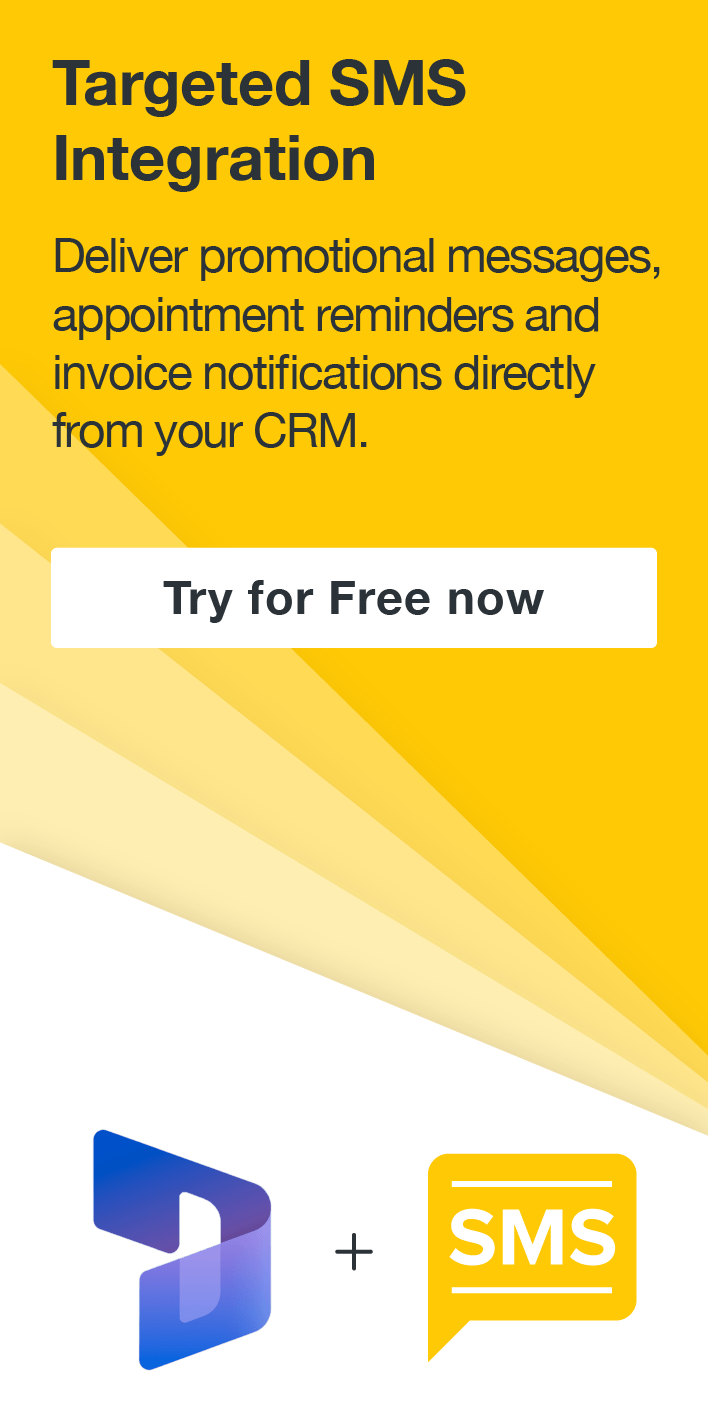Creating a Form Processor in the Power Platform AI Builder (Part 1)
Isaac Stephens, 24 September 2019
Recently, A.I. has become even more accessible with the Power Platform using the A.I. Builder functionality. Microsoft have given us four powerful templates to use to create our own models; Binary Classification, Form Processing, Object Detection and Text Classification. This blog will be the first of two which will cover Form Processing.
The Form Processing builder is extremely useful for visually processing forms and converting them into computer readable data. This can take the long manual task of inputting data and turn it into a quick automatic process. This blog will take you through the steps to create your own custom model which can be used in PowerApps or Microsoft Flow.
Steps:
To start with, head over to web.powerapps.com, click on the AI Builder (preview) drop down and select Form Processing.
Now select ‘Add Documents’ and upload at least 5 examples (Images or PDFs) of the form you will be using. Using more than 5 can improve the results of the AI so use as many as you have available. However, an uploaded PDF can be no bigger than 50 pages.- After you have uploaded a minimum of 5 documents the ‘Analyse’ button will become clickable. When you are happy with the number of examples uploaded, click this button and the AI Builder will work its magic.
Once the AI Builder has completed its analysis you can begin confirming the fields you want by either clicking on them on the form or clicking all fields on the left-hand side and then choosing which ones you need.
After you have confirmed all the fields you want you can click ‘Next’. On this screen you will see your confirmed fields and the number of documents you uploaded as training data. If you are happy with this, you can click ‘Train’. However, once you click train you can no longer add more documents. You will need to re-create the model if you decide to add more training data.
Training can take several minutes and you do not need to stay on the page while it processes. Once it has completed you will be able to see this screen above and will be able to either choose to publish it, delete it or run a quick test. Publishing it will make it available to PowerApps and Flow. As mentioned before, you are currently unable to retrain the model so if you want to do this you will have to delete the model and create a new one.
The next blog in this series will go into detail on how to integrate this with Microsoft Flow to automate the form processing process.

